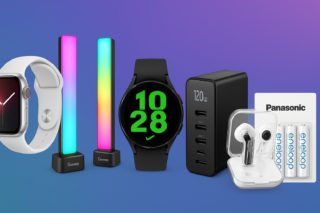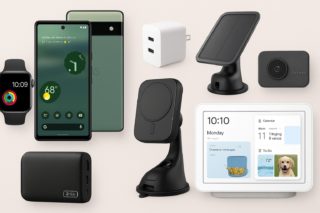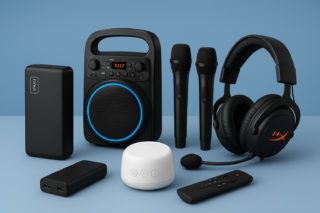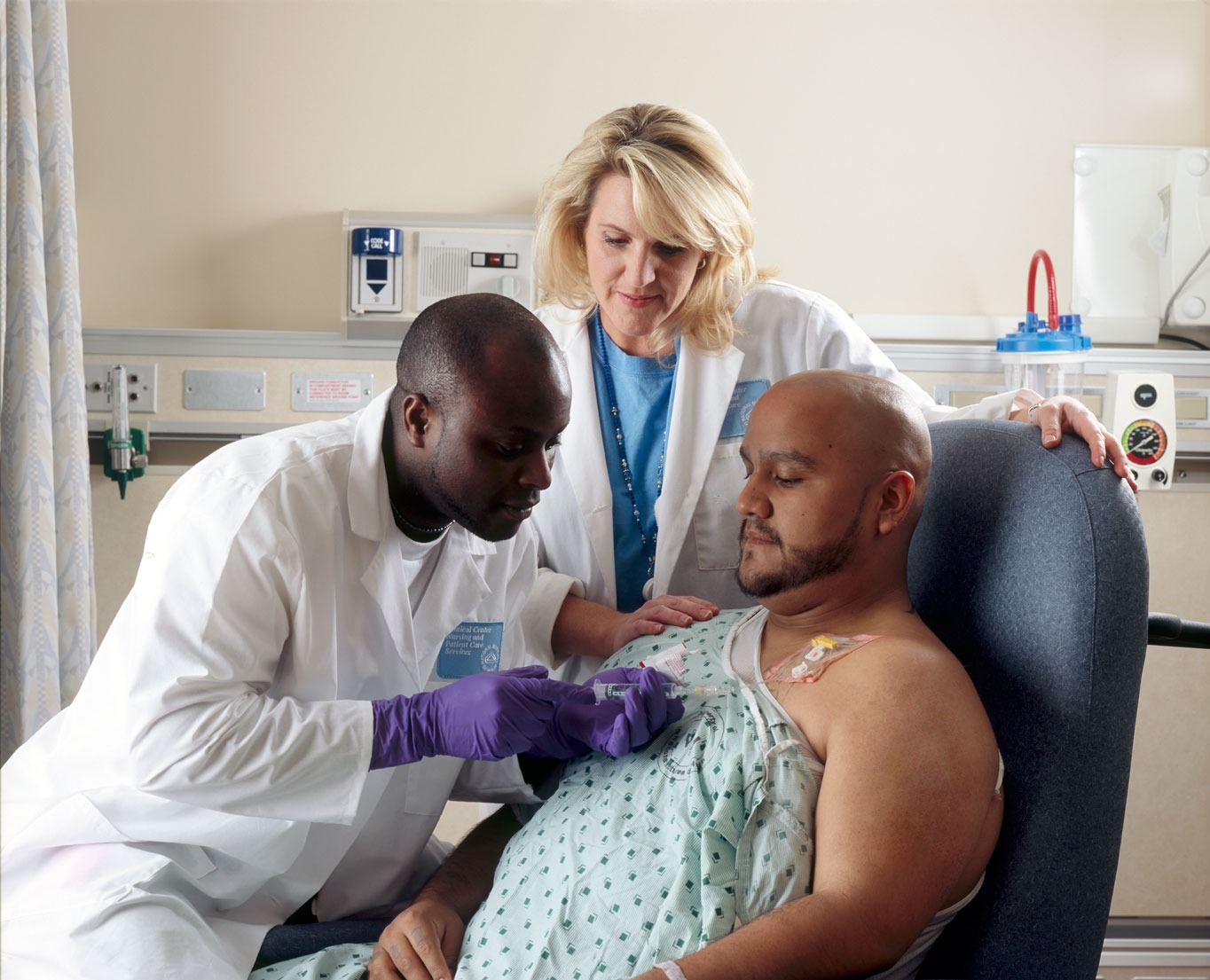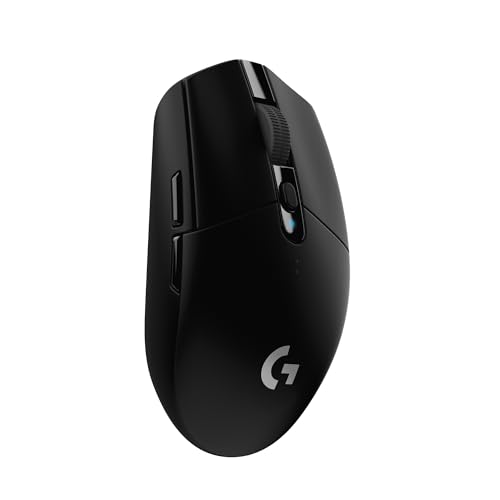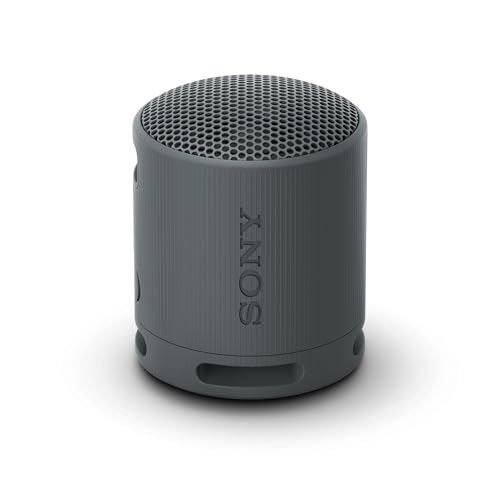Sleep research just got its biggest upgrade in decades. The DREAM database combines brain recordings from 2,643 awakenings across 505 people in 20 studies, creating the first massive, standardized collection of what actually happens in your sleeping brain. Think of it as the Netflix of neuroscience data — except instead of binge-watching shows, researchers are finally binge-analyzing the neural patterns behind your weirdest 3 AM adventures.
This breakthrough solves a problem that’s plagued dream science for decades: fragmented, inconsistent studies across isolated labs. Coordinated by Monash University with international collaborators, the open-access database finally gives researchers the standardized foundation they need to unlock the mysteries of consciousness during sleep.
Your Deep Sleep Dreams Are Real (And Science Proves It)
Brain activity reveals complex experiences happen in every sleep stage, not just REM.
Forget everything you thought you knew about when dreams happen. This database shattered the old “dreams only during REM sleep” myth completely. Dream recall showed up in:
- 88% of light sleep awakenings
- 56% during moderate sleep
- 48% even in the deepest sleep stages
Your brain generates complex, vivid experiences while appearing unconscious to the world — often with electrical patterns that look startlingly similar to when you’re wide awake. That trippy dream about flying through your childhood neighborhood? It might have happened during the sleep stage doctors thought was dreamless.
The Netflix Algorithm, But for Consciousness
Machine learning models can predict dream states from brain waves with 70% accuracy.
Here’s where things get wild: AI can now predict whether you’re dreaming by reading your brain waves before you even wake up. The accuracy hits 70% during REM sleep and significantly above chance levels during other stages. This isn’t just cool science — it’s the foundation for detecting consciousness in people who can’t communicate.
“Understanding how, when, and why we dream could help us answer a fundamental scientific question: how can we determine whether someone is conscious when they are unable to communicate?” according to Nao Tsuchiya from Monash University, who coordinated this massive effort.
Why This Actually Matters for Your Sleep
The database enables breakthrough applications in sleep medicine and consciousness detection technology.
This standardized approach finally gives researchers the data they need to tackle sleep disorders, develop smarter sleep-tracking devices, and potentially revolutionize how doctors assess consciousness in unresponsive patients. The rigorous technical criteria — including specific EEG requirements, sampling rates, and quality controls — ensure the data meets the highest research standards.
The open-access format means labs worldwide can contribute and build on each other’s work — ending the fragmented, small-study approach that’s limited dream science for decades.





